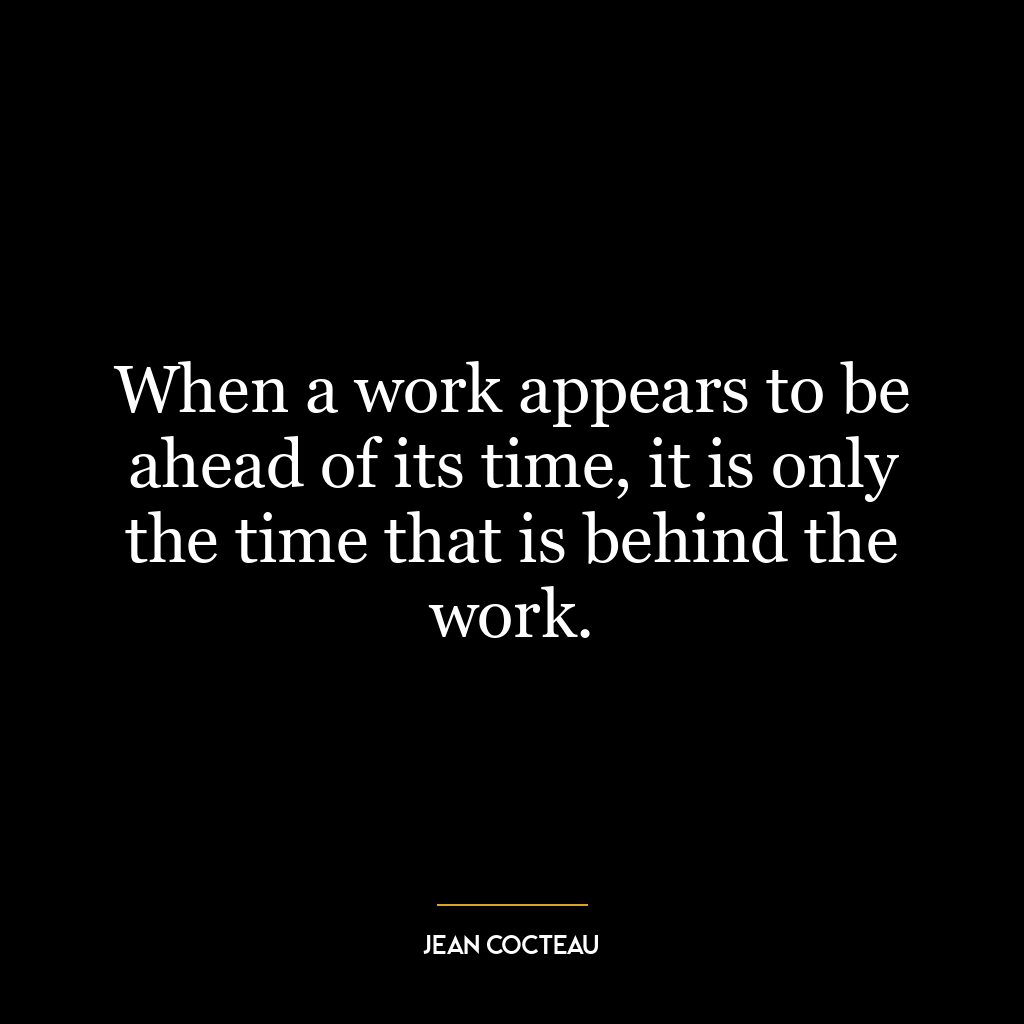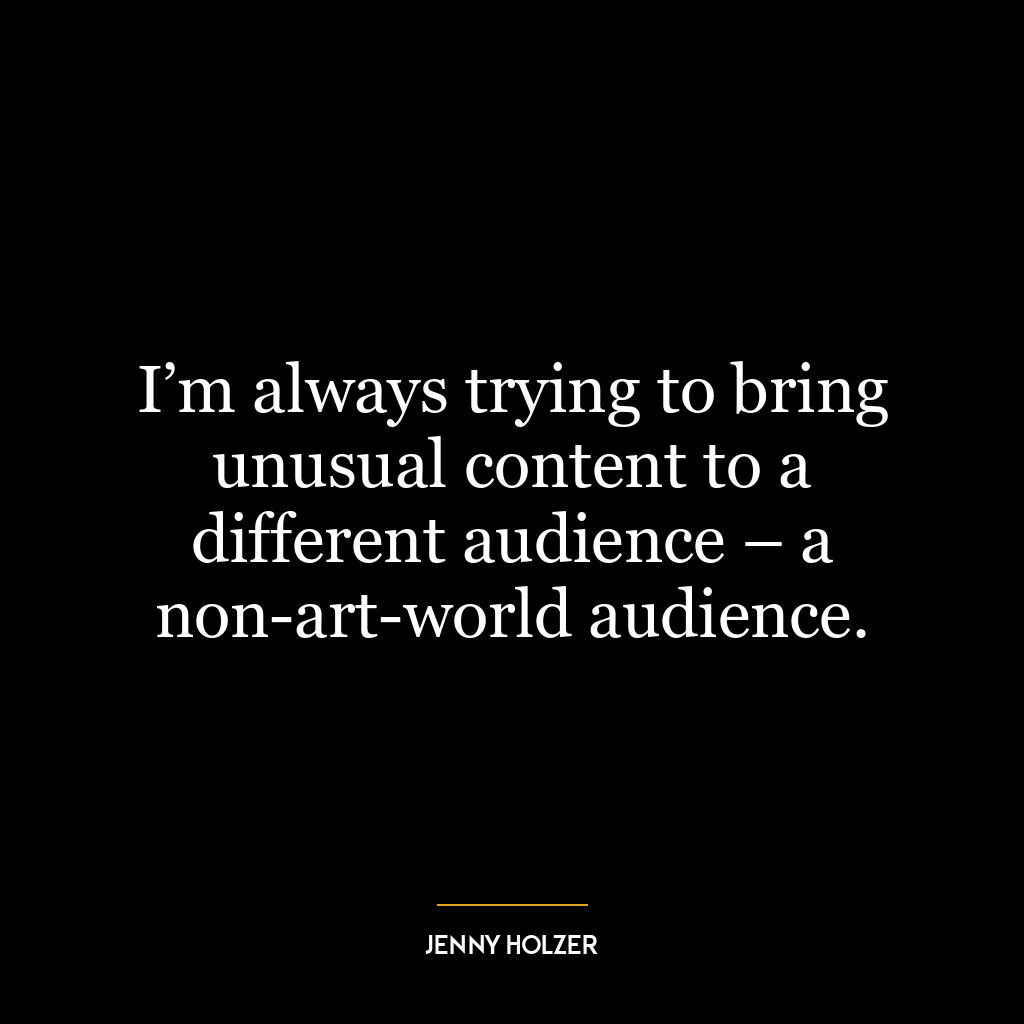This quote suggests that if humans had found nature to be entirely comfortable and accommodating, there would have been no need to create architecture. Architecture, in this context, can be seen as a response to the challenges and discomforts of nature. It is a manifestation of human creativity and innovation, born out of necessity and the desire for improvement.
The quote implies that discomfort and dissatisfaction are often the catalysts for innovation and progress. If we were completely content with our natural surroundings, we wouldn’t have felt the need to build shelters, design cities, or create architectural marvels. It suggests that necessity, discomfort, and the desire for better are the primary drivers of human innovation.
Applying this idea to personal development, it suggests that growth often comes from discomfort. Just as mankind invented architecture to improve their living conditions, individuals also make changes and improvements in their lives when they’re uncomfortable or dissatisfied with their current situations. It’s often when we face challenges or discomfort that we’re pushed to think creatively, learn new skills, and make changes that lead to growth and improvement.
In today’s world, this idea is evident in the way we respond to challenges and crises. For instance, the discomfort and disruption caused by the COVID-19 pandemic have led to significant innovations in various fields, including remote work technologies, online education, and healthcare. Similarly, the urgent need to address climate change is driving innovation in renewable energy, sustainable agriculture, and green architecture.
So, in essence, this quote is a reminder of the value of discomfort and challenges in driving innovation, progress, and personal growth. It suggests that instead of avoiding discomfort, we should embrace it as an opportunity for improvement and innovation.









